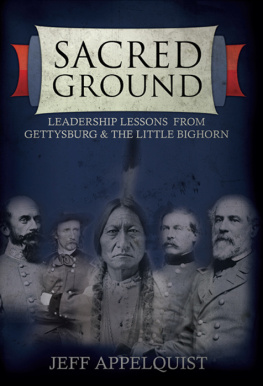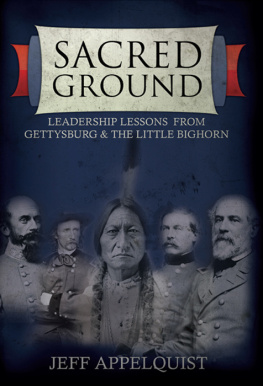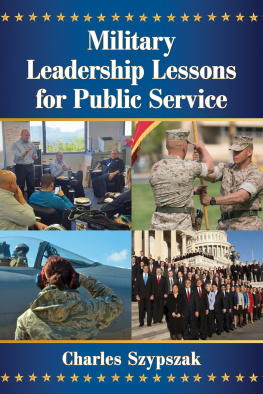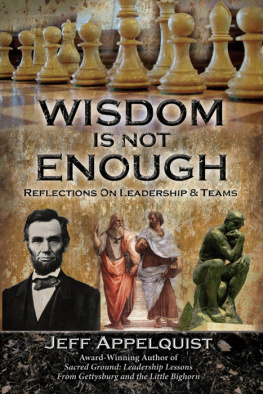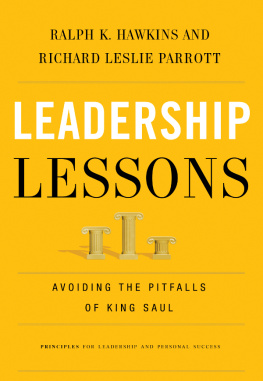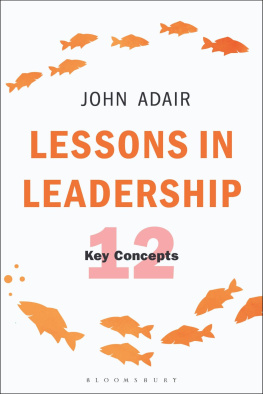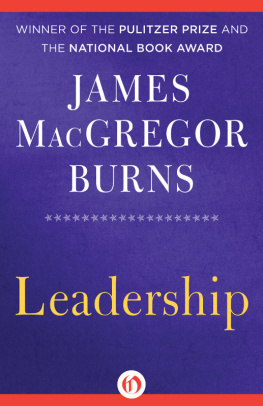SACRED GROUND copyright 2010 by Jeff Appelquist. All rights reserved. No part of this book may be reproduced in any form whatsoever, by photography or xerography or by any other means, by broadcast or transmission, by translation into any kind of language, nor by recording electronically or otherwise, without permission in writing from the author, except by a reviewer, who may quote brief passages in critical articles or reviews.
eBook ISBN: 978-1-59298-514-2
Library of Congress Catalog Number: 2010901065

Beavers Pond Press, Inc.
7108 Ohms Lane, Suite 101
Edina, MN 554392129
(952) 829-8818
www.BeaversPondPress.com
This book is dedicated to
a business leader who was also
my first and finest professor of history,
my father,
Carl Allen Appelquist
I love you Dad
Ye shall hear of wars and rumours of wars:
see that ye be not troubled: for all these things
must come to pass, but the end is not yet.
For nation shall rise against nation, and kingdom
against kingdom. But he that shall endure unto the end,
the same shall be saved.
Matthew 24: 613
Once more unto the breach, dear friends, once more.
In peace theres nothing so becomes a man
As modest stillness and humility:
But when the blast of war blows in our ears,
Then imitate the action of the tiger.
Stiffen the sinews, summon up the blood,
Disguise fair nature with hard-favourd rage.
Then lend the eye a terrible aspect.
Henry V 3. 1, l. 19
Business is war.
Countless Business Leaders Since Commerce Began

Contents
PART ONE:
CREATE COMMON PURPOSE
PART TWO:
BUILD STRONG RELATIONSHIPS & Trust
PART THREE:
COMMUNICATE CLEARLY & SHARE INFORMATION
PART FOUR:
SEEK SELF-KNOWLEDGE & LEARNING
PART FIVE:
SHOW ENERGY & PASSION
PART SIX:
MAKE GOOD DECISIONS


List of Maps
- Gettysburg: June 3July 3, 1863, Lee Invades Pennsylvania
- Gettysburg: July 1, 1863, Morning and Afternoon
- Gettysburg: July 1, 1863, Late Evening
- Gettysburg: July 2, 1863, Battle for Little Round Top, Late Afternoon
- Gettysburg: July 2, 1863, Confederate Assault, Late Afternoon
- Gettysburg: July 3, 1863, Picketts Charge, Late Afternoon

- Little Bighorn: June 25, 1876, The Indian Village
- Little Bighorn: MayJune 1876, Little Bighorn Campaign
- Little Bighorn: June 25, 1876, Custers Approach to Medicine Tail Coulee, Renos Retreat, Mid-Afternoon
- Little Bighorn: June 2526, 1876, Reno-Benteen Defense Site
- Little Bighorn: June 25, 1876, Approach to Crazy Horse-Keogh Fight, Late Afternoon
- Little Bighorn: June 25, 1876, Custers Advance to Last Stand Hill, Early Evening
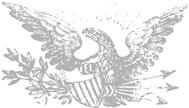
Foreword
When I first decided to participate in a leadership development experience centered on a visit to the battlefield of the Little Bighorn, during the late, hot summer of 2008, I had few expectations it would serve as one of the most important and meaningful learning experiences of my life.
Upon arrival at the airport for my flight to Montana, I even privately wondered, What am I doing here? Such a mindset and attitude is not normally the basis for a transformational learning experience, but throughout my life, Ive often been surprised to receive some of the most valuable gifts of knowledge, wisdom, and insights when I least expect them. I was unaware of all that was possible when venturing onto hallowed and holy ground, but now I know. So I will tell you, if your mind is open, your own personal learning and leadership journey will be greatly enhanced by the book you are about to read, Sacred Ground: Leadership Lessons from Gettysburg and the Little Bighorn.
Sacred Ground is the companion volume to the Gettysburg and Little Bighorn seminars facilitated by my friend Jeff Appelquist, but the book also stands proudly on its own. This insightful, ambitious, and creative collection of learning lessons not only pulls from the magnificent history of two of the most well-known American battles, but also helps us fast-forward to applications and connections with some of todays most successful leaders and organizations. I paraphrase a well-known quote that says, He or she who does not know their history, is doomed to repeat it. The lessons from Gettysburg and the Little Bighorn are timeless gems available for us to examine today. We can learn from history, apply those experiences to modern-day challenges, and use our newfound knowledge to explore fresh and innovative ways to solve ongoing, as well as future, problems. We can pursue the greatest challenges that we each faceall with a higher degree of confidence, conviction, humility, and inclusiveness.
This wonderful book gives us enhanced perspective on the problems and issues we confront in the workplace today. The men and women whove come before us, perhaps unknowingly, gave their lives in order that their spirits and life-guiding principles might live on through us in smarter, more prosperous ways. Without a doubt, these lessons will inspire us to act in ways that will inspire others to follow our deeds in the future.
My experience of bonding and learning with my battlefield buddies in Montana will remain with me forever. Since the seminar, I have read many books on the subject of the Little Bighorn, I have participated in follow-up sessions, and I serve on an advisory board to further advance this unique experience. But my most meaningful moments occurred on the battlefield when tracing the various phases of the conflict and taking the time to debrief what happened and its relevance to me and my leadership style today.
My reading at the beautiful Indian Memorial of the moving words of the Sioux leader Ohiyesalater known by his anglicized name of Charles Alexander Eastmanwill serve for me as a lasting memory of the courage, spirit, and bravery of those who valiantly gave their lives. Immediately after I read Ohiyesas heartfelt words out loud, at the very end of our battlefield tour, our group experienced a sudden, cold, and sustained wind on what had been an extremely hot and still summer day. This amazing and mystical occurrence touched me deeply and will forever serve as a reminder that we are all connected, and that our mutual life journeys always have beenand always will becarefully intertwined.

